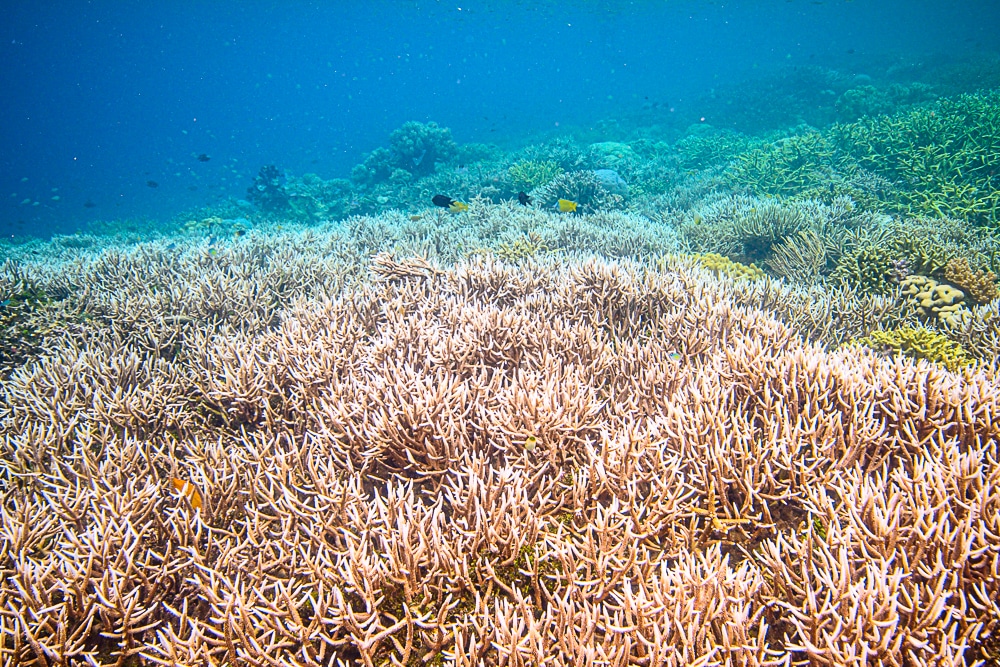
Coral bleaching is hitting the news right now with water in Florida reaching over 32 C in most parts of the Caribbean. That’s terrible news. Most coral conservationists are in emergency mode in that part of the world, as most corals are experiencing severe bleaching. People are trying to save whatever can be saved. But what can we really do to minimize coral bleaching impact?
Anticipate:
Bleaching events are becoming more and more regular (https://oceangardener.org/mild-bleaching-event-in-indonesia/) happening almost every year to a different degree. We need to be able to anticipate their severity and take a few actions.
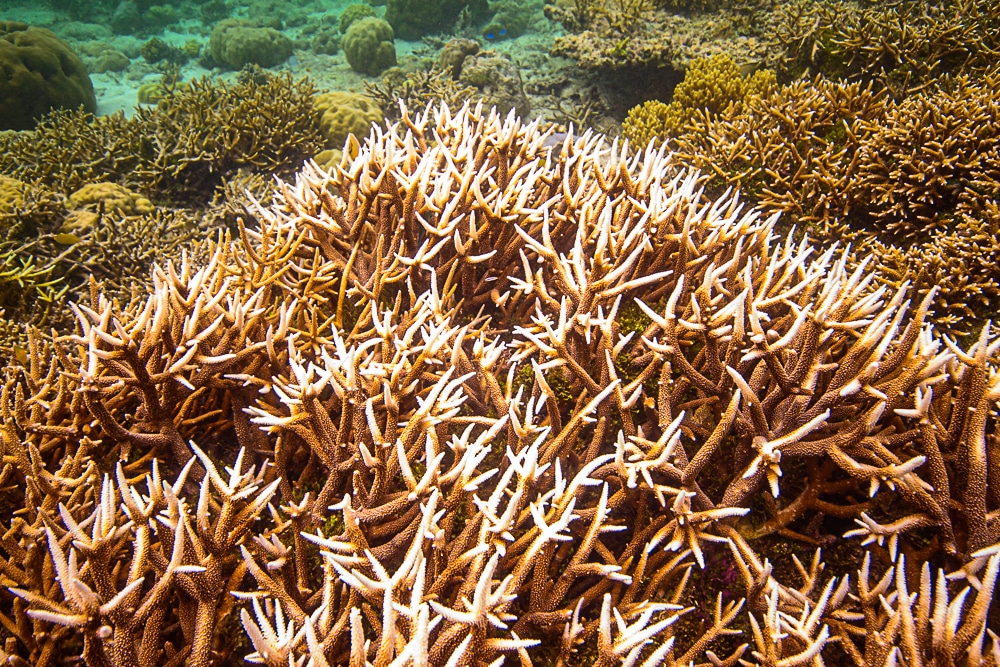
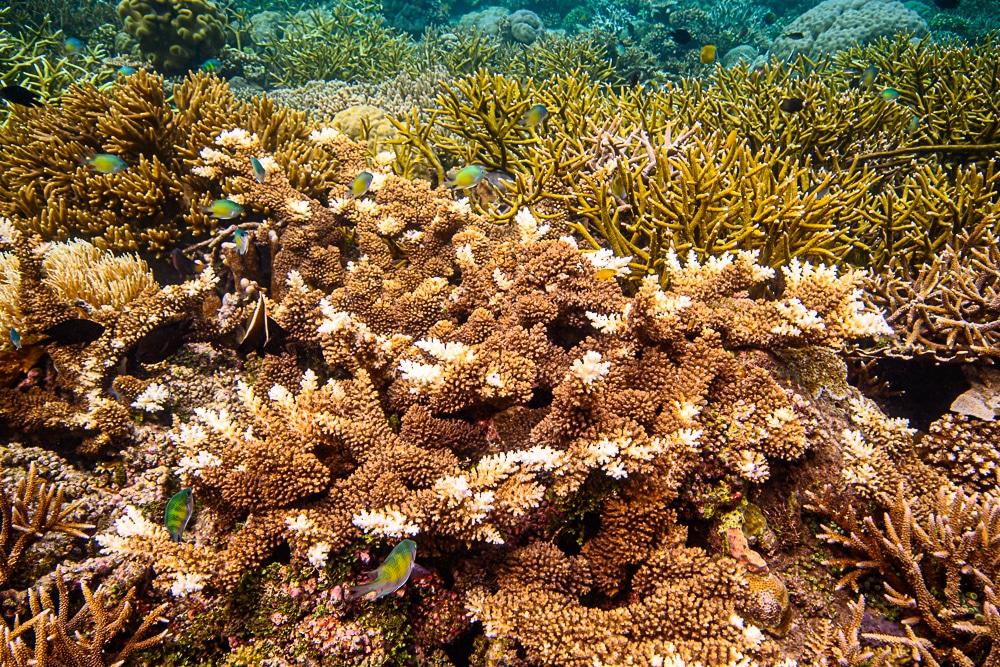
- Using surface water temperature records from this website, we can anticipate heat waves and thus massive bleaching: https://coralreefwatch.noaa.gov/product/5km/index_5km_sst.php
- Speak with local authorities in advance if you require permission to move corals during extreme hot water events.
- Develop a monitoring plan.
- Install temperature loggers
Rescue:

- Ensure duplication of stock at more than one location (e.g. a mid-water floating nursery).
- Move samples of all genetic material to a climate-controlled, land-based facility.
- Shade using framed nets over most important nurseries
- Move, using lift bags, nurseries to deeper water.
Monitor:
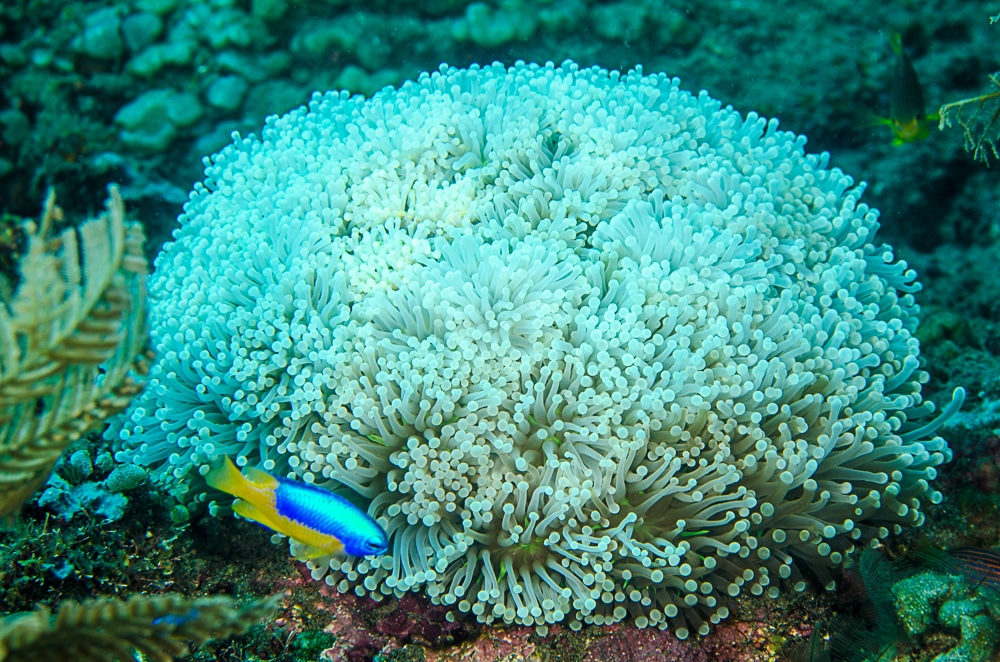


- Document losses. Identify resilient colonies.
- Follow the Resilient Coral Identification Protocol
- Monitor resilient corals:
- Select bleached and unbleached corals to tag. Recommended a minimum two tagged corals of each key taxon per one square meter on a given reef of interest.
- Photograph tagged corals, preferably with a bleaching color chart in the frame of the photo. If you do not have an underwater camera, record percent of colony bleached (1-25%, 25-50% 50-75%, 75-100%); disease type and presence, % mortality.
- Photograph or record information daily if possible and bleaching is severe. Monitor twice a week if bleaching is mild or predicted within a month.
- Keep records of the tag #, GPS location, species, and condition of the tagged coral.
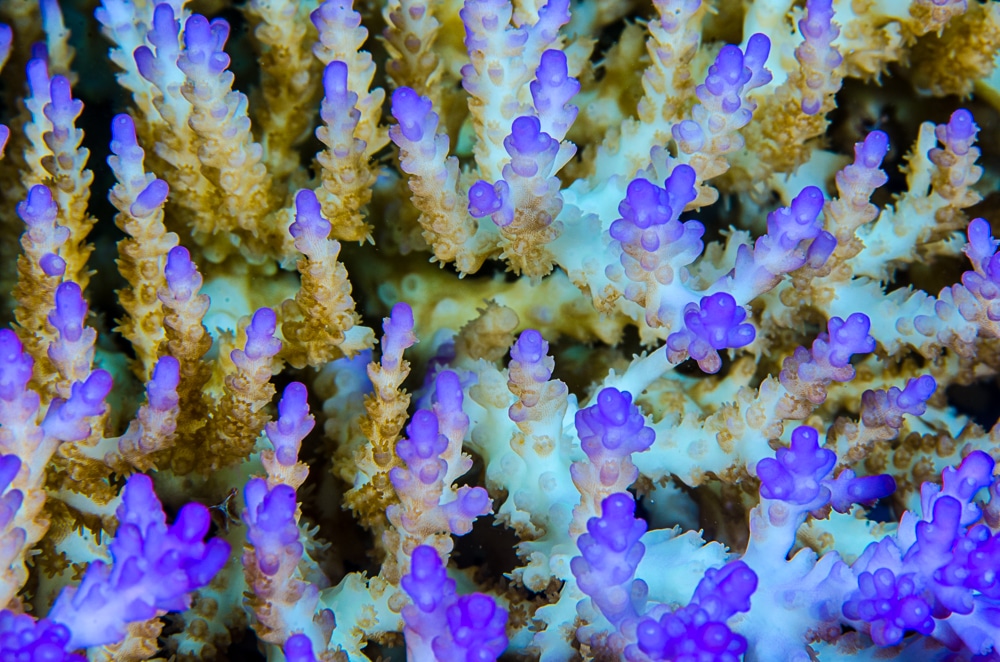
Coral bleaching is an adaptive response to rising sea temperatures. Corals can recover from mild or short-term bleaching but long-term or extreme heat causes mortality. Unfortunately, bleaching is reaching severe levels throughout the tropics with more reports coming in daily. And there is little action that can be done. So the most valuable corals in terms of genetic material, and resilience should be prioritized and saved when possible.
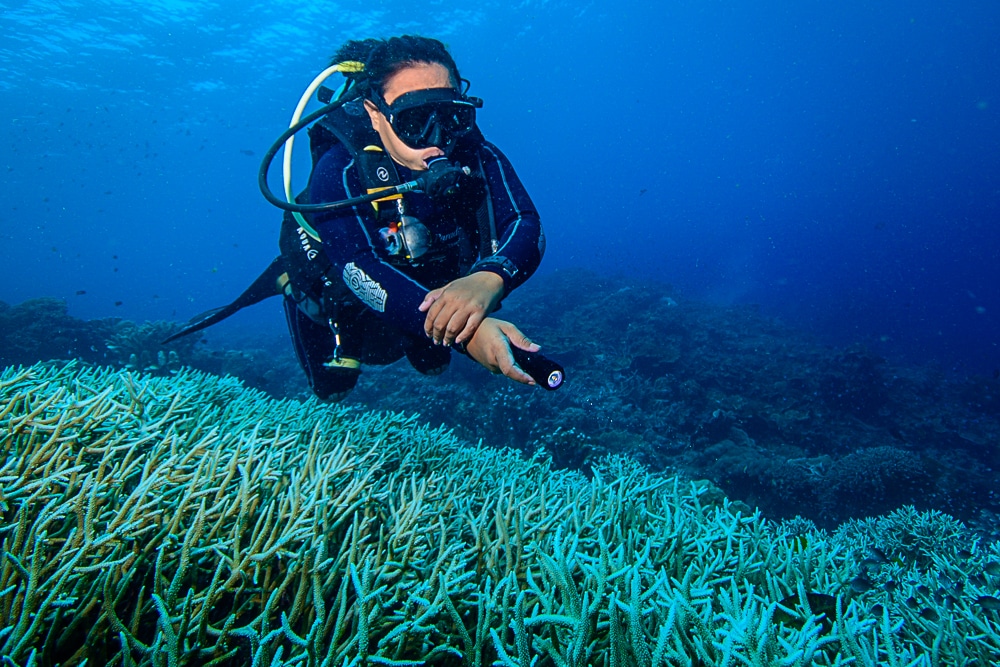
It’s predicted that the Indo-Pacific will be affected by a super El Nino next year. Corals already partially bleached this year and are currently in the process of recovering, hopefully, they will have enough time to do so. But we will need to prepare for next year’s big event…